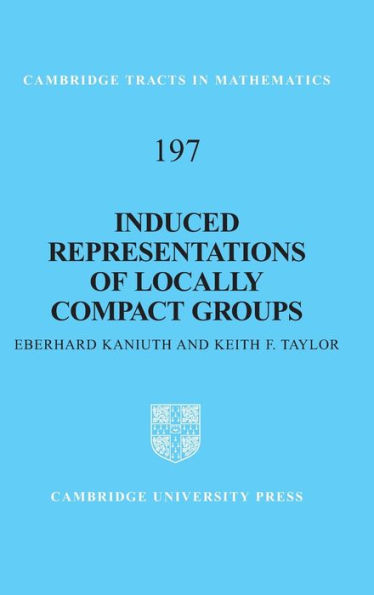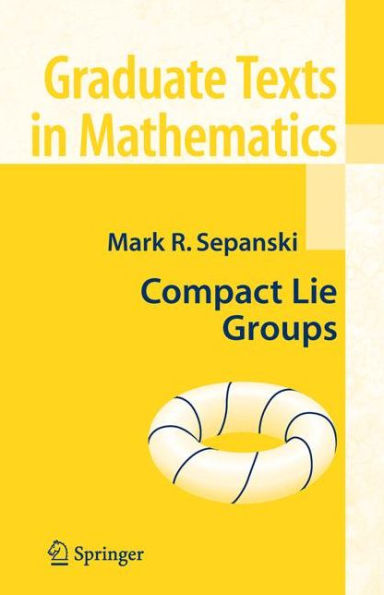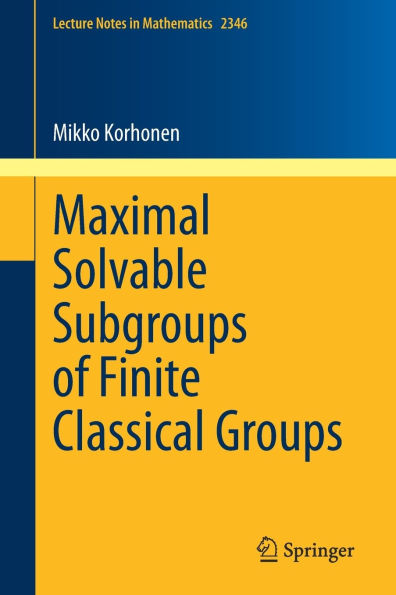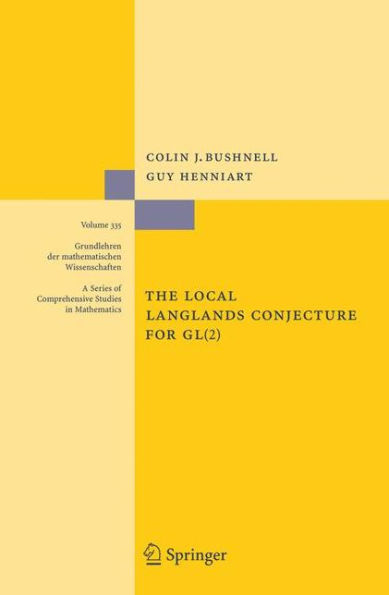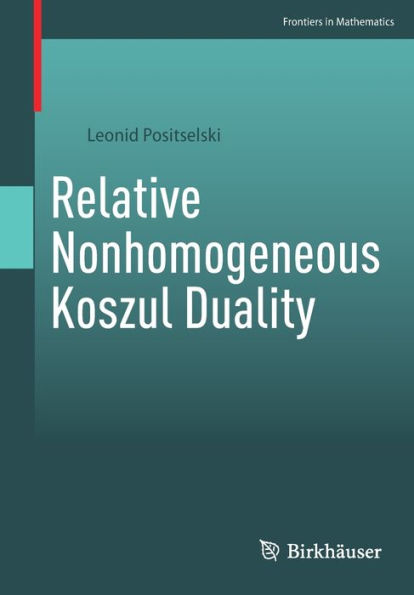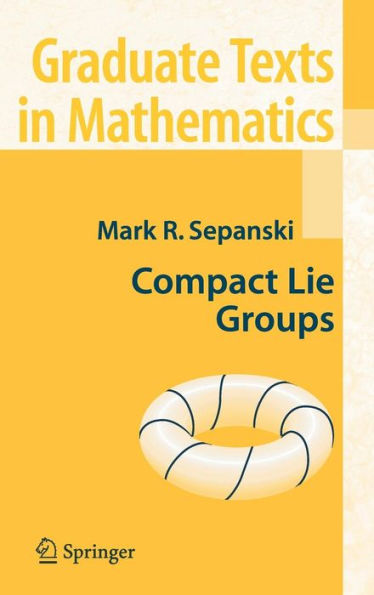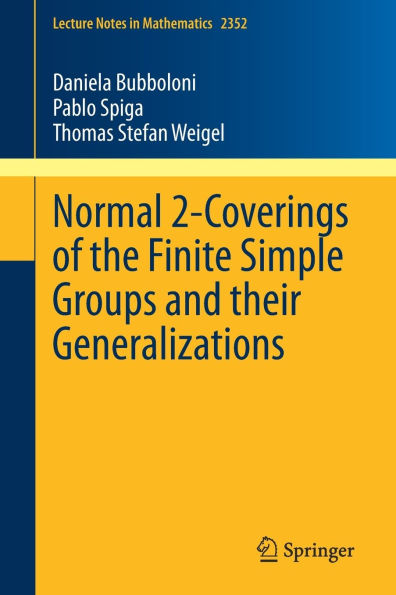Home
The Admissible Dual of GL(N) via Compact Open Subgroups
Barnes and Noble
Loading Inventory...
The Admissible Dual of GL(N) via Compact Open Subgroups in Bloomington, MN
Current price: $110.00


The Admissible Dual of GL(N) via Compact Open Subgroups in Bloomington, MN
Current price: $110.00
Loading Inventory...
Size: OS
This work gives a full description of a method for analyzing the admissible complex representations of the general linear group
G
=
Gl(N,F)
of a non-Archimedean local field
F
in terms of the structure of these representations when they are restricted to certain compact open subgroups of
. The authors define a family of representations of these compact open subgroups, which they call
simple types.
The first example of a simple type, the "trivial type," is the trivial character of an Iwahori subgroup of
. The irreducible representations of
containing the trivial simple type are classified by the simple modules over a classical affine Hecke algebra. Via an isomorphism of Hecke algebras, this classification is transferred to the irreducible representations of
containing a given simple type. This leads to a complete classification of the irreduc-ible smooth representations of
, including an explicit description of the supercuspidal representations as induced representations. A special feature of this work is its virtually complete reliance on algebraic methods of a ring-theoretic kind. A full and accessible account of these methods is given here.
G
=
Gl(N,F)
of a non-Archimedean local field
F
in terms of the structure of these representations when they are restricted to certain compact open subgroups of
. The authors define a family of representations of these compact open subgroups, which they call
simple types.
The first example of a simple type, the "trivial type," is the trivial character of an Iwahori subgroup of
. The irreducible representations of
containing the trivial simple type are classified by the simple modules over a classical affine Hecke algebra. Via an isomorphism of Hecke algebras, this classification is transferred to the irreducible representations of
containing a given simple type. This leads to a complete classification of the irreduc-ible smooth representations of
, including an explicit description of the supercuspidal representations as induced representations. A special feature of this work is its virtually complete reliance on algebraic methods of a ring-theoretic kind. A full and accessible account of these methods is given here.
This work gives a full description of a method for analyzing the admissible complex representations of the general linear group
G
=
Gl(N,F)
of a non-Archimedean local field
F
in terms of the structure of these representations when they are restricted to certain compact open subgroups of
. The authors define a family of representations of these compact open subgroups, which they call
simple types.
The first example of a simple type, the "trivial type," is the trivial character of an Iwahori subgroup of
. The irreducible representations of
containing the trivial simple type are classified by the simple modules over a classical affine Hecke algebra. Via an isomorphism of Hecke algebras, this classification is transferred to the irreducible representations of
containing a given simple type. This leads to a complete classification of the irreduc-ible smooth representations of
, including an explicit description of the supercuspidal representations as induced representations. A special feature of this work is its virtually complete reliance on algebraic methods of a ring-theoretic kind. A full and accessible account of these methods is given here.
G
=
Gl(N,F)
of a non-Archimedean local field
F
in terms of the structure of these representations when they are restricted to certain compact open subgroups of
. The authors define a family of representations of these compact open subgroups, which they call
simple types.
The first example of a simple type, the "trivial type," is the trivial character of an Iwahori subgroup of
. The irreducible representations of
containing the trivial simple type are classified by the simple modules over a classical affine Hecke algebra. Via an isomorphism of Hecke algebras, this classification is transferred to the irreducible representations of
containing a given simple type. This leads to a complete classification of the irreduc-ible smooth representations of
, including an explicit description of the supercuspidal representations as induced representations. A special feature of this work is its virtually complete reliance on algebraic methods of a ring-theoretic kind. A full and accessible account of these methods is given here.
